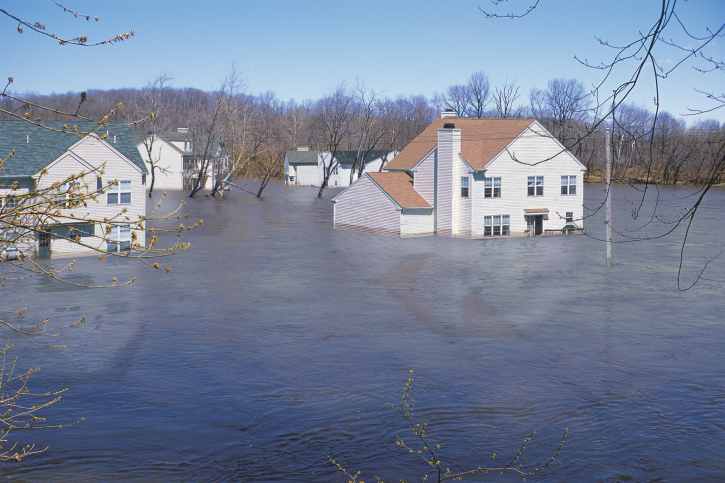 Homes are more than just a building. They are filled with memories of children taking their first steps, holidays that were celebrated with family members and friends, and Super Bowl parties filled with smiles and cheers.
Homes are more than just a building. They are filled with memories of children taking their first steps, holidays that were celebrated with family members and friends, and Super Bowl parties filled with smiles and cheers.
These memories are priceless; however, people cannot let emotions cloud their judgment when they are trying to sell a house. Instead, it is important to focus on the building. There are a few tips that everyone should follow as they try to figure out how much their home is worth.
Be Reasonable
The first tip is not to price a home too high out of the gate. While it is tempting to start high and reduce when necessary, the reality is that a price that is too high is going to scare off potential offers. It is better to start with a reasonable price that will get people interested. Then, if the offers start to pour in, there is a bidding war. The price will naturally take care of itself.
Upgrades Don’t Always Lead To A Higher Price
It is tempting to follow in the footsteps of TV shows and pour money into renovations that might lead to a large return on investment. The sad fact is that this is not always the case. Even though the homeowners might love the renovation, this doesn’t mean that a potential buyer will. Do not renovate purely to raise the value of a home. Upgrades can go out of style just as quickly as they came in.
Don’t Price Out Of Necessity
Never price a home based on a dollar amount that has to be reached. It is always better to price a home relative to what the market indicates. Nobody is going to make an offer on an overpriced home purely because that is how much money the seller needs to make.
Leave Emotions At The Door
Finally, do not price a home based on emotions. Yes, a home is a special place; however, remember that the home is on the market, not the memories. Instead, always price a home based on what the comparables are showing. This will lead to a smoother selling process, a higher price, and a bigger return on the initial investment.
 When making plans for a fun-filled vacation, you shouldn’t forget implementing certain home security measures to ward off thieves. Nobody wants to return home only to find that intruders had ransacked the residence from top to bottom.
When making plans for a fun-filled vacation, you shouldn’t forget implementing certain home security measures to ward off thieves. Nobody wants to return home only to find that intruders had ransacked the residence from top to bottom. The COVID-19 pandemic has taken the world by storm. Millions of people all over the world have been infected and businesses have ground to a halt. During this time, it is important for everyone to take a breath, pause, and look at their insurance policies.
The COVID-19 pandemic has taken the world by storm. Millions of people all over the world have been infected and businesses have ground to a halt. During this time, it is important for everyone to take a breath, pause, and look at their insurance policies. While businesses have fallen on hard times during the past few months, there are signs that the economy is going to start to recover quickly. This could mean that homebuyers are entering the market again as well.
While businesses have fallen on hard times during the past few months, there are signs that the economy is going to start to recover quickly. This could mean that homebuyers are entering the market again as well. It is no secret that the COVID-19 pandemic has had an impact on everyone; however, there are a few impacts that are being overlooked. In addition to the public health crisis and the tanking of the stock market, there are also impacts of the virus on people’s home values.
It is no secret that the COVID-19 pandemic has had an impact on everyone; however, there are a few impacts that are being overlooked. In addition to the public health crisis and the tanking of the stock market, there are also impacts of the virus on people’s home values. You’ve got house insurance, and assume your property is covered for any type of detrimental occurrence that can possibly take place.
You’ve got house insurance, and assume your property is covered for any type of detrimental occurrence that can possibly take place.